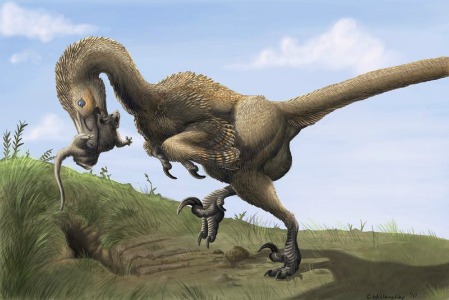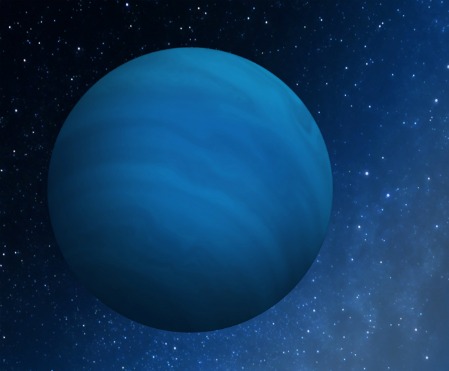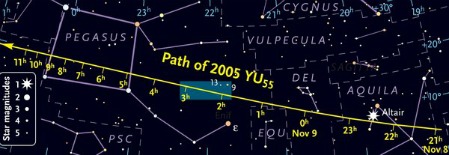Behold the roast turkey jammed with stuffing, or better yet deep-fried in one big sleek pot fired up and humming like a jet turbine on full afterburner. Smoked is good too! And it’s a great choice for a feast, the turkey has an illustrious history. In fact, Ben Franklin felt one humble member of genus Meleagris deserved wider recognition:
For in Truth the Turkey is in Comparison a much more respectable Bird, and withal a true original Native of America… He is besides, though a little vain & silly, a Bird of Courage, and would not hesitate to attack a Grenadier of the British Guards who should presume to invade his Farm Yard with a red Coat on.








